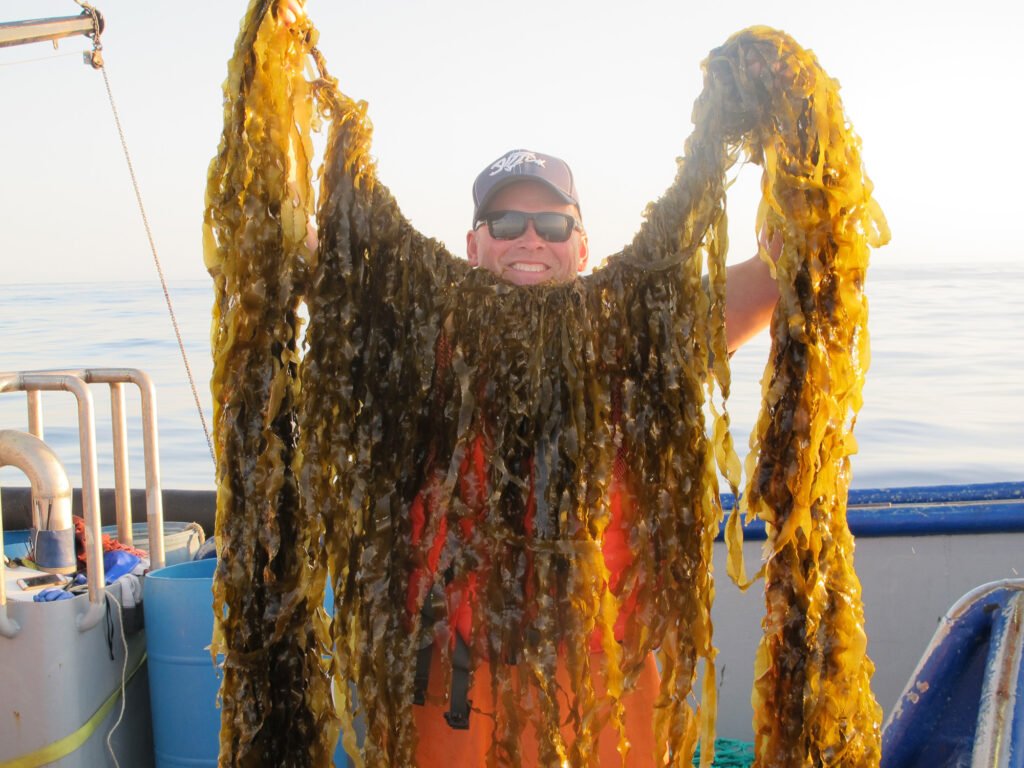In Iceland, a daring effort to employ seaweed as part of a climate change solution has begun, with millions of basketball-size buoys built of wood and limestone and seeded with seaweed will be thrown into the ocean in the coming months.

According to Running Tide, the Maine-based firm behind the initiative, the buoys, which resemble bald mannikin heads with flowing seaweed hair below, are supposed to fall to the deep ocean floor, where the carbon they contain will be stored for 800 years or more. It’s difficult to estimate the timeline because nothing like this has ever been done before.
Running Tide is part of a new crop of startups that position seaweed as a multi-pronged solution to climate change—able to absorb atmospheric carbon, reduce cattle’s methane emissions, provide feedstock for biofuels, and feed the world—no fertilizers, fresh water, or even land required.

If it succeeds, using seaweed to absorb carbon would be an elegant solution. Seaweed forests occupy an estimated two million square kilometers and absorb the same amount of carbon as the Amazon rainforest.
However, much of that sequestration is temporary. When seaweed is harvested, eaten by animals, or washes up on shore, the carbon it has stored is released back into the atmosphere.

But if seaweed turned out to be an effective tool for stabilizing the climate, the industry would need to expand on a massive scale. Some scientists, small-scale harvesters, and environmental groups are cautioning against rushing ahead before fundamental scientific, environmental, regulatory, and ethical questions are answered.
The science is not there yet to actually confirm that it’s a good idea.
Reference- Running Tide Online Newsroom, National Geographic, Ocean Visions, Lowercarbon Capital






